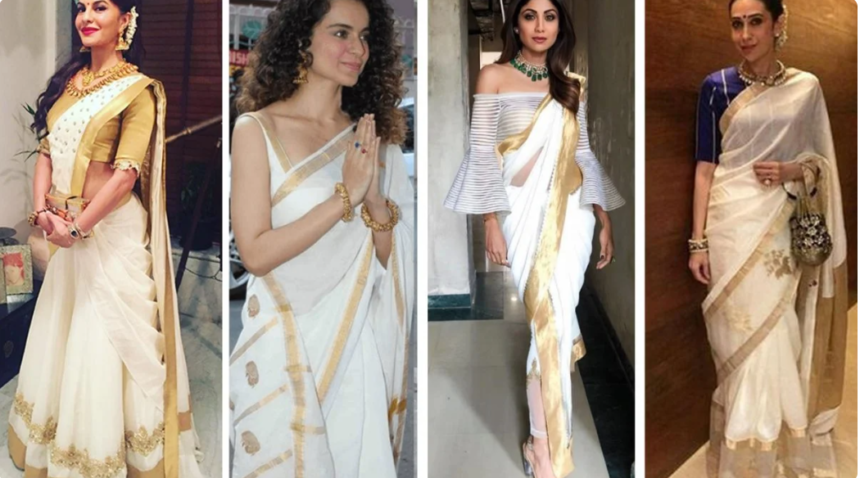In Kerala, kasavu sarees are considered to be lucky. Additionally, the state wears it as tradition during Onam, a ten-day holiday. Continue reading to discover more about the saree’s basic design.
One of the most lucky fabrics in the state are sarees known as kasavu or Kerala sarees. Additionally, it is the state’s typical attire. With its simple and natural colors of white and golden, the saree symbolizes Kerala’s rich culture and heritage. It is the traditional garment worn during the ten-day Onam celebration in Kerala.
For all of their big occasions, including weddings, temple visits, and funerals, the Malayali community dresses in kasavu sarees. Like no other garment, the saree is extremely auspicious. The men of the community wear Kasavu mundu, whereas only the ladies of the community wear Kasavu sarees. Both items stem from the same source and are equally significant to Keralan culture and heritage.
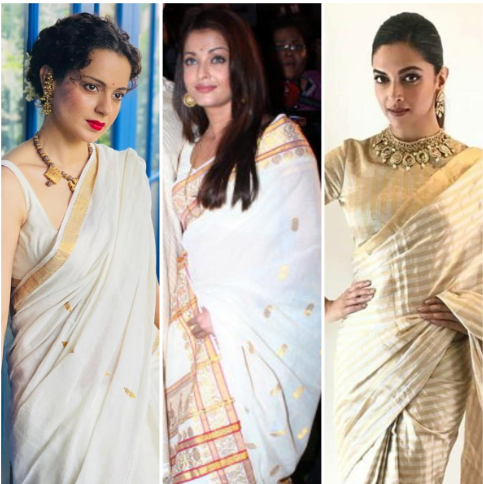
A kasavu, What Is It?
Kasavu sarees are often made of plain white or cream cotton with elaborate golden borders. Kasavu is the name of the material that is used to make the golden border. Kasavu, to put it simply, is the term used to describe the golden zari used to border Kerala sarees. Because of this, the mundu (dhoti) made from the same cloth for males is known as the kasavu mundu.
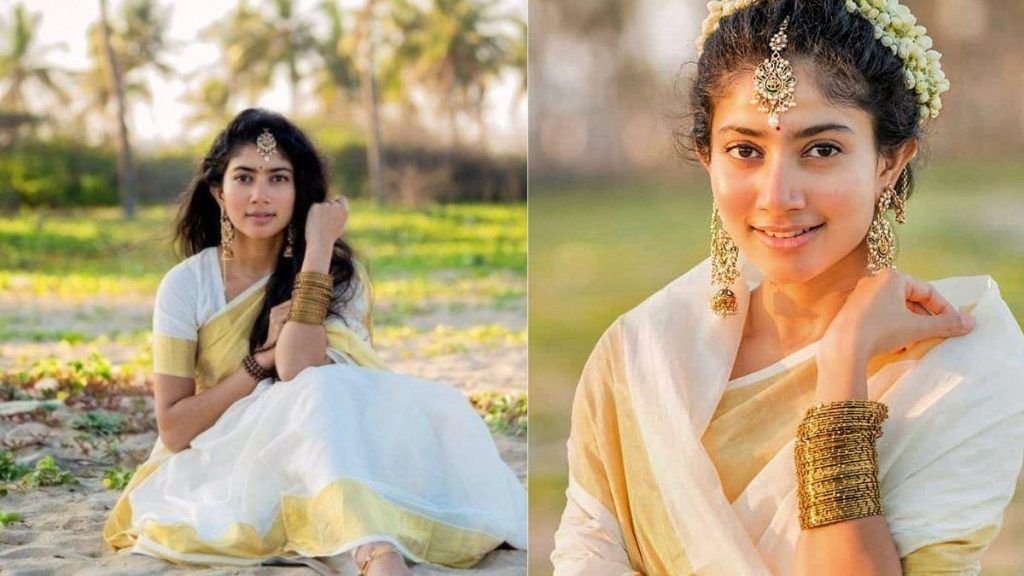
The Significance Of The Kasavu Sarees In White And Gold
The white and golden color combination of the kasavu sarees has a lot of connotations. The predominant color throughout the entire saree is simply white or cream. The color white stands for tranquility and the untainted beauty of nature. The golden zari border also alludes to Kerala’s stunning scenery and the sun’s rays. The contrast of white and gold honors Kerala’s scenic splendor and landscapes while fostering harmony and serenity.
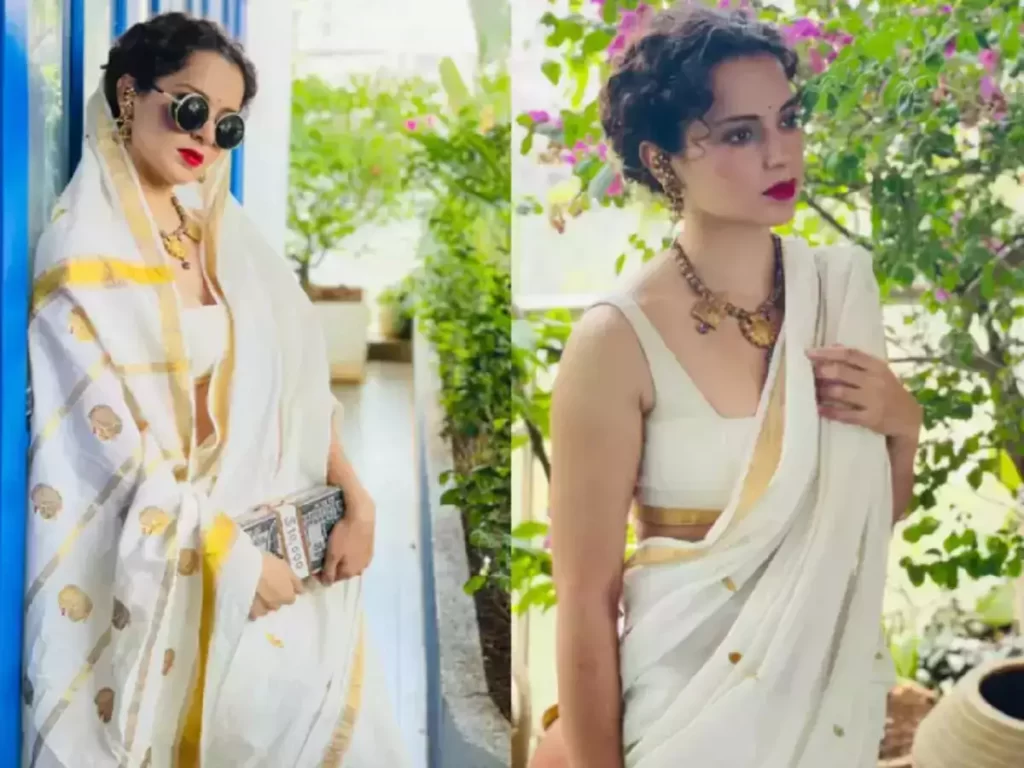
The History Of Kerala’s Benevolent Kasavu Sarees
When studying Kerala’s past, it becomes clear that neither men nor women were permitted to cover their upper bodies. As a result, there was no such thing as a saree in Kerala before the arrival of the British. Instead, both sexes would cover their upper bodies with nothing but a Kasavu mundus. To cover their upper body, however, women began donning angavastra following colonization.
The two-piece, settu-mundu concept became more well-known with the introduction of the angavastra, which resembled a shawl. Settu covered the top half of the body like a draped half-saree. The Keralans were first exposed to the single-piece saree as a garment and the idea of a blouse much later. A blouse was the first item of clothing ever stitched that Keralan women wore.
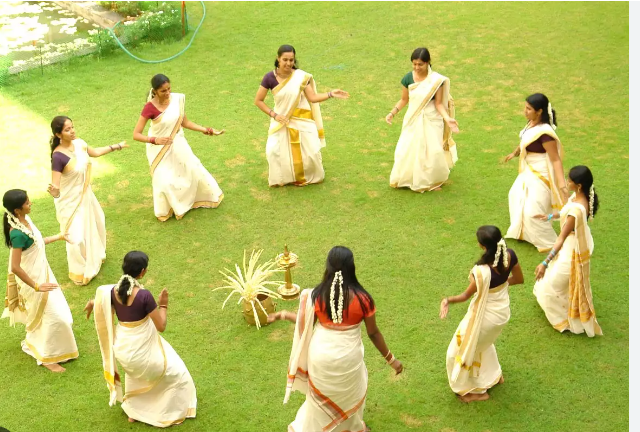
The Significance Of Kasavu Sarees In Culture
The kasavu sarees are a symbol of Kerala’s rich heritage and culture. It is one of many garments that symbolize Kerala’s state, prosperity, and richness. Originally constructed of pure gold to symbolize Kerala’s richness and prosperity, the kasavu, or golden zari on the border, is now made of other materials. The pure gold kasavu represented Keralites’ purity and wealth. However, the kasavu was replaced with a blend of gold and copper-coated silver when the price of gold skyrocketed. As a result, the kasavu sarees were more reasonably priced without sacrificing the garment’s beauty or traditional value.
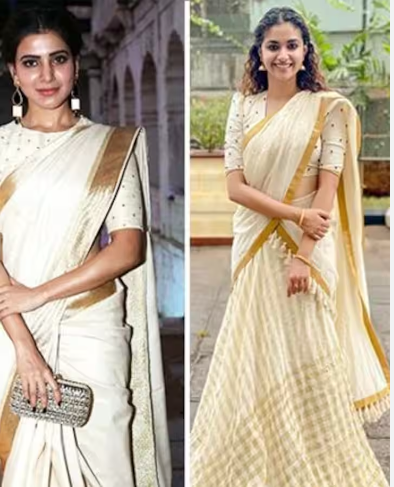
How Are Sarees Made Of Kasavu Priced?
Depending on the amount of work that was done on them, kasavu sarees can be found in a wide range of pricing points. A straightforward kasavu saree costs at INR 3,000. The cost of the saree could possibly reach lakhs if it has elaborate gold work and embellishments. The cost of any kasavu saree is determined by the amount of gold used in it and the level of artistry.
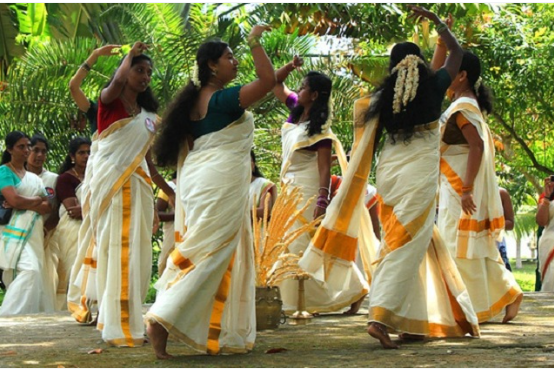
Also Read: 10 Bollywood Siblings: Celebrating The Bonds Beyond The Silver Screen







